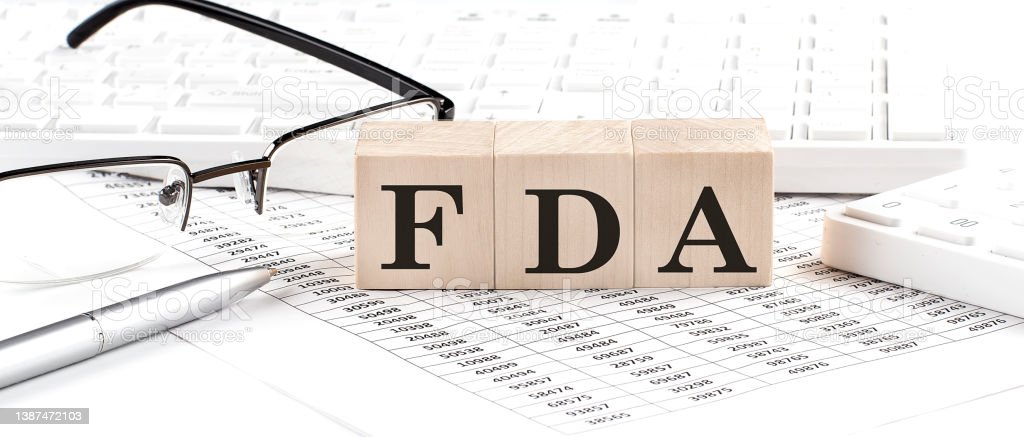1. Purpose
- To establish a systematic process for assessing the training needs of employees within the organization.
2. Scope
- This SOP applies to all departments and employees within the organization who require training for their professional development or to enhance their job performance.
3. Responsibilities
- Human Resources Department:
- Coordinate and oversee the training needs assessment process.
- Maintain records of training needs assessments.
- Department Managers/Supervisors:
- Identify employees’ training needs within their respective departments.
- Collaborate with HR in prioritizing training needs.
- Employees:
- Actively participate in the training needs assessment process by providing input and feedback on their training requirements.
4. Procedure
4.1 Identification of Training Needs
- 4.1.1 Department Managers/Supervisors identify training needs based on:
- Performance evaluations
- Job requirements and responsibilities
- Changes in technology, processes, or regulations
- Employee requests or self-assessments
- 4.1.2 HR conducts periodic meetings with department heads to discuss and review identified training needs.
4.2 Prioritization of Training Needs
- 4.2.1 HR, in consultation with department heads, prioritizes training needs based on:
- Impact on business objectives
- Urgency of skill development
- Available resources (budget, time, trainers)
- 4.2.2 A Training Needs Assessment Matrix may be used to prioritize training needs systematically.
4.3 Data Collection
- 4.3.1 HR develops surveys or questionnaires to gather input from employees regarding their training needs and preferences.
- 4.3.2 Surveys may include questions on:
- Skills and knowledge gaps
- Preferred training methods (e.g., workshops, online courses)
- Training topics of interest
- 4.3.3 Surveys are distributed electronically, and anonymity is ensured to encourage honest feedback.
4.4 Analysis of Training Needs
- 4.4.1 HR compiles and analyzes the data collected from surveys and other sources.
- 4.4.2 Common themes and patterns in training needs are identified.
- 4.4.3 Training needs are categorized based on department, job role, and skill level.
4.5 Development of Training Plan
- 4.5.1 HR collaborates with department heads to develop a comprehensive training plan.
- 4.5.2 The training plan includes:
- Identified training needs
- Objectives of each training program
- Proposed training methods and resources
- Timeline for implementation
- Evaluation criteria
- 4.5.3 The training plan is reviewed and approved by senior management.
4.6 Implementation of Training
- 4.6.1 HR coordinates the implementation of training programs according to the approved training plan.
- 4.6.2 Training sessions may be conducted internally by qualified trainers or externally sourced as per the requirements.
- 4.6.3 Employees are informed about upcoming training sessions and provided with necessary resources.
4.7 Evaluation of Training Effectiveness
- 4.7.1 HR conducts post-training evaluations to assess the effectiveness of the training programs.
- 4.7.2 Evaluation methods may include:
- Pre and post-training assessments
- Feedback surveys from participants
- Observation of job performance improvements
- 4.7.3 Results of training evaluations are analyzed to identify areas for improvement in future training initiatives.
4.8 Documentation and Review
- 4.8.1 HR maintains records of training needs assessments, training plans, and evaluation reports.
- 4.8.2 Training needs assessment process is reviewed periodically to ensure its effectiveness and relevance to organizational goals.
5. References
- List any references or documents used in developing this SOP.
6. Definitions
- Include any specific terms or acronyms used in the SOP.
7. Revision History
- Record any revisions made to the SOP along with the date and reason for the change.
- For more articles, Kindly Click here.
- For pharmaceutical jobs, follow us on LinkedIn
- For Editable SOPs in word format contact us on info@pharmaceuticalcarrier.com
- For more information kindly follow us on pharmaguidelines.co.uk











